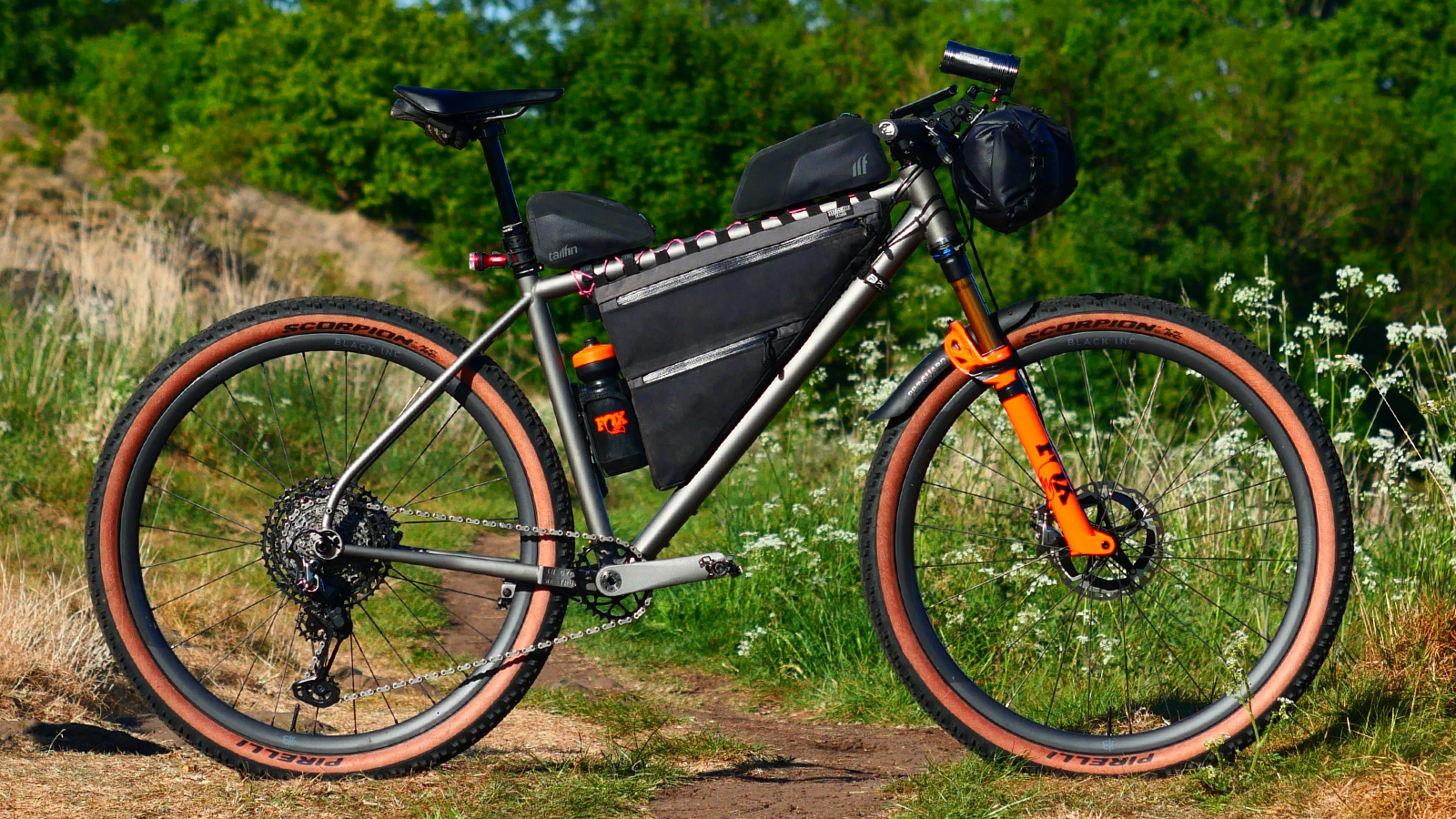
If you are looking to step up your training and want to increase your performance, one of the best places to start is with your bike nowhere in sight. Strength training stimulates your muscles in a way that is hard to replicate simply by riding and can go a long way to eliminate any imbalances and prevent injuries.
Adding resistance training in exchange for one bike session per week can also be a fun way to mix things up and add some variation to your training. If you struggle with motivation sometimes, throwing in a strength session will certainly do you no harm.
If you feel like you have reached a plateau in your ability and you do not have any strength training in your regime, it could be the key to stepping things up a notch.
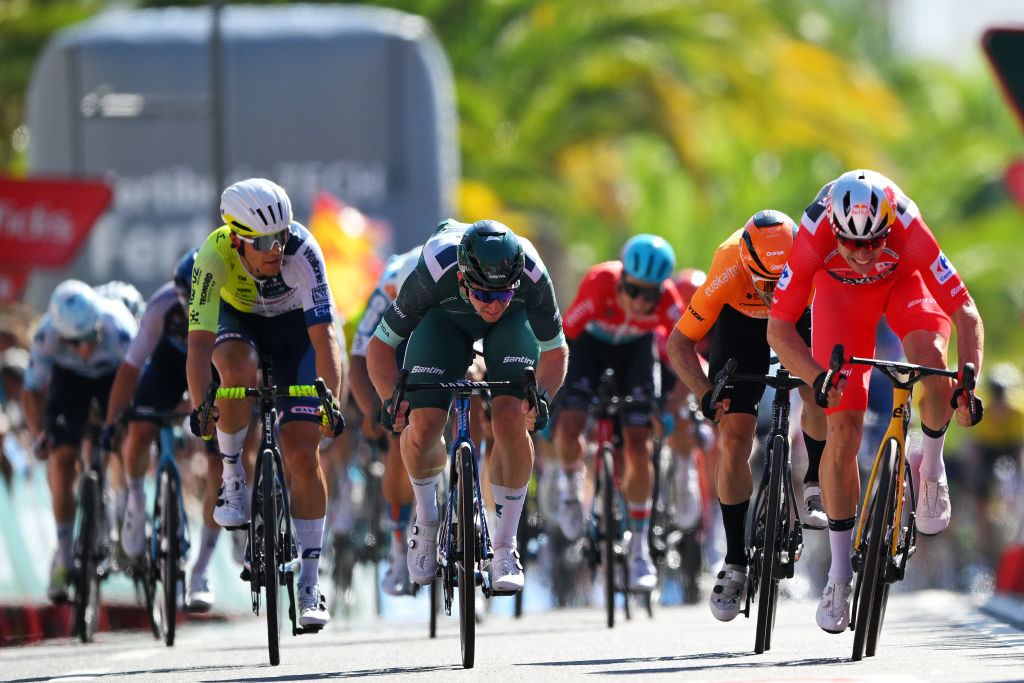
Peak power production
This might be the most obvious performance benefit that resistance training can offer. Resistance training allows you to stress your muscles with a higher load per rep than is possible from just riding alone.
Increasing the muscle's ability to withstand short bursts of high stimulation will allow you to increase your sprint power. This relies almost completely on the muscle's ability to generate force rather than on efficiency or fatigue resistance.
Peak power resistance training can also benefit your sustainable power output by increasing muscular efficiency at lower outputs. If you have a peak power of 750 watts but have an FTP of 250 watts, when you are riding at an intensity closer to your FTP you are asking your muscles to operate at 33% of their maximum.
If you can increase your peak power production with resistance training to around 1000 watts, riding at 250 watts only requires the muscles to operate at 25% of their maximum allowing you to progress your FTP through muscular potential.
The latest race content, interviews, features, reviews and expert buying guides, direct to your inbox!
Increases muscle recruitment
Another way that resistance training can help increase your power on the bike is by increasing how much of your muscle is used during a movement. It is easy to assume that when you push on the pedals, all of your muscle fibres contract to generate the movement, but this is not the case.
What's more, many cyclists suffer from being quadricep dominant, meaning that the overwhelming muscle group that generates power on the bike comes from the quads. The issue with this is it neglects other muscle groups, including the biggest muscle group in your body, the glutes.
Incorporating resistance training that focuses on working both the quads as well as other leg muscles such as the hamstrings, calves and glutes riders will be able to use a more rounded group of muscles to develop power. This will not only have the benefit of increasing your sustainable and peak power but it will also help increase your fatigue resistance as you are sharing the load across more muscle groups.

Increases endurance
It's not just long hours on the bike that increases your endurance capability, resistance training has also been shown to have a measurable benefit. In a performance setting, resistance training can help lessen your ability to perform high-power efforts after multiple hours in the saddle. Resistance training can improve muscle fatigue resistance, which can be ideal for race-winning attacks after hours of hard racing.
For recreational riders there is some evidence to suggest that similarly to peak power resistance training, endurance can benefit from frequent resistance training. The exact reason behind how strength training increases endurance is still not fully understood however one theory from Rønnestad and Mujika’s 2014 study into the topic theorised that it could be a result of the need for fewer muscle fibres to be used for a given effort as the muscles fibres become stronger.
Bone density
If cycling is your only source of exercise, a very real issue that you could face is a degradation in bone strength. This is because cycling is a non-load-bearing activity that places very little strain on the body’s skeletal system. Over time if resistance training is not implemented your bone density can reduce. This not only increases your chance of bone fractures in the unfortunate event of a crash but also affects your body's overall health.
Adding resistance training or running as a form of cross-training can greatly increase your bone density. This helps you stave off any trips to the fracture clinic but can also prevent issues such as osteoporosis later on in life.

Injury prevention
Cycling is a very static form of cardiovascular exercise that works unidirectionally. With your hips fixed in place by the saddle, your feet fixed in place by your clipless pedals and your hands in a broadly fixed position on the bars, the only movement is in the vertical plane known as the sagittal plane.
Working only in this plane does open your body up to an increased risk of injury as the full range of muscle movement is not used. Incorporating strength training that goes beyond the range of motion used in cycling can help create more durable muscles, ligaments and tendons that greatly reduce the potential for injury.
The benefit of eccentric contractions
It is easy to get caught up in lifting heavy and focusing on the pushing phase of any leg-based exercise. On the surface, this makes sense as this is where the target muscles are used in extending the leg much like you do when pedalling.
Eccentric contractions are also commonly known as negative movements and focus on the lengthening of the muscle rather than the contraction and this method can be incredibly effective for increasing a muscle's strength.
Take a pull-up, for example. The concentric contraction would be the upward movement, and most people would simply relax on the way down. For an eccentric contraction, you'll emphasize a slow controlled descent, contracting the muscles to slow down the movement. You can use a step to get yourself back to the top, or you can pair the eccentric movement with an explosive contraction upward for extra stress.
Spending between two to four seconds per rep focusing on a slow eccentric movement will load the muscle in a way that cycling does not. This is also a fantastic method to get started with increased loads as it is often possible to work at a higher intensity eccentrically than concentrically.
Five exercises to get started
Cycling involves a repetitive pattern of asymmetric movements which load the muscles of each leg independently of each other. What this does mean is that to prevent any mechanical biases it is worthwhile incorporating some unilateral movements. This works each leg individually under the same stress. This reduces muscular imbalances and prevents any injuries that can result from overly dominant muscles or limbs.
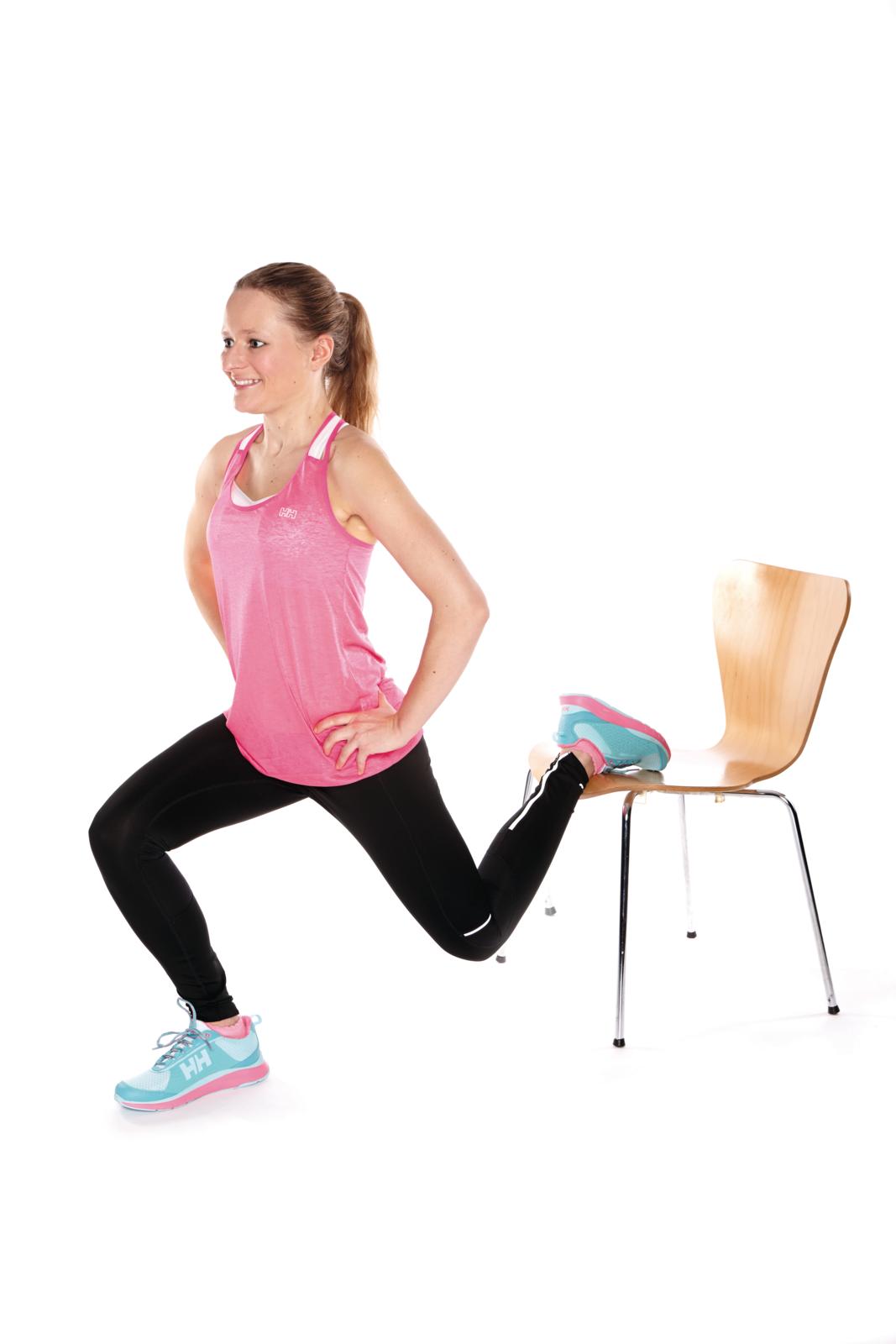
Bulgarian Split Squat
The Bulgarian split squat is a great exercise that works the glutes and quads with the potential to also incorporate the calves if performed with your heel raised. Working each leg individually exposes both legs to an identical stimulus that creates a balance in muscle between each leg.
To perform a Bulgarian split squat you need either a bench or chair that is roughly knee high for you to place the foot of the resting leg. With the leg that is being exposed to the exercise placed around a metre in front of the bench you want to squat bending the front knee until the knee of the leg resting on the bench almost comes into contact with the ground.
As your strength in this exercise increases, you can look to use dumbbells to add weight and increase the stress on the muscles. When performing the Bulgarian split squat make sure to keep your body in a fixed position, if you find yourself leaning forward and then straightening up through the movement the focus will be transferred from your legs to your lower back.

Leg Press/Squats
Leg press or squats are great for working on your peak power production and muscular recruitment. Although in essence, they look like very similar exercises there is a big difference in the benefits of each.
Leg press allows you to focus on driving the maximum force from your muscles and overall can be an easier exercise to get started with greater training force. Squats on the other hand require a level of balance and core stability to keep the barbell held in place throughout the range of movement, and as such, care should be taken to ensure proper form before adding weight.
Overall squats are a more rounded movement that can help develop peak power, muscular recruitment, range of motion and strengthen the muscles, ligaments and tendons to help prevent potential injuries.
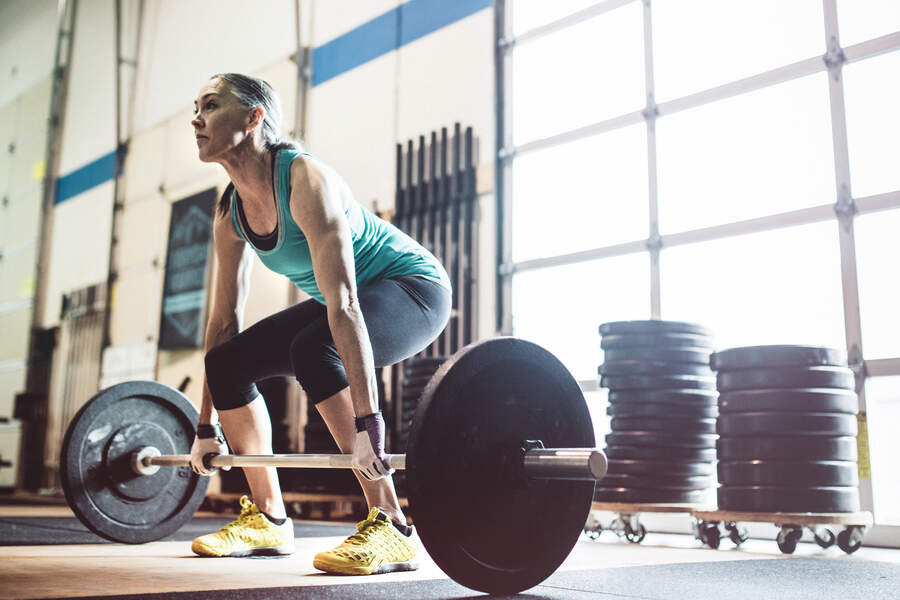
Deadlift
The good old Deadlift can be a really good exercise to add to your routine if you are struggling to hold an aero position on the bike. The movement strengthens your posterior chain which is put under significant strain whilst riding in a long and low aerodynamic position.
Like the squat, if you haven’t performed any sort of deadlift for a while, it is important to focus on good form and controlled movement with low weights before looking to increase the resistance.
To really work both sides of your body equally, performing deadlifts with dumbbells rather than a barbell will require your muscles to independently stabilise each side throughout the movement.
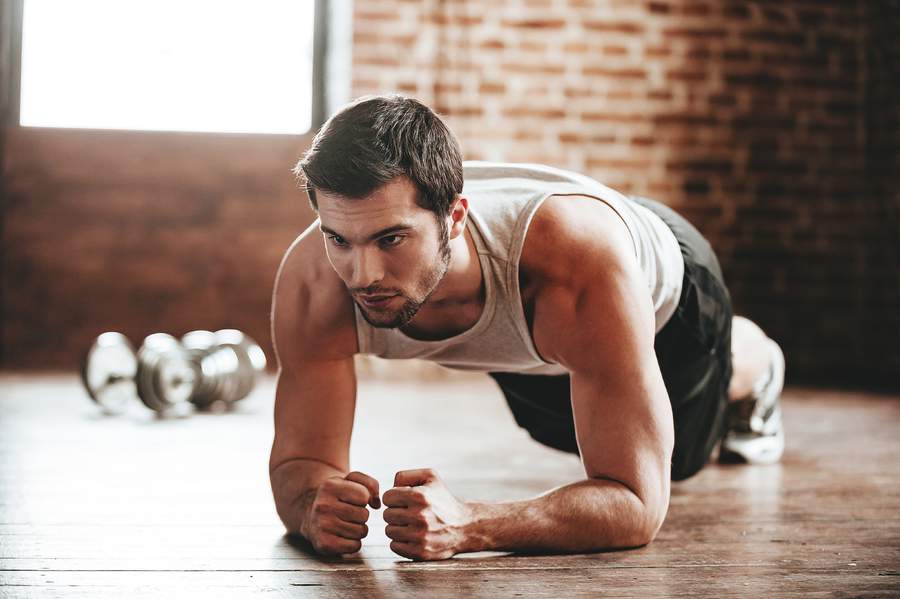
Plank
A strong core helps you put the power down especially when it comes to higher-intensity efforts like those on short punchy climbs. Your core is what connects the inputs of your upper body to the outputs of your lower body and if not worked on can quickly become the weakest link in the chain.
The good old plank is a great isometric hold that works both your posterior and anterior core muscles. Once you are comfortable with a basic plank you can look to increase the intensity by introducing the 'plank walk' whereby you will alternate between a push-up position and elbows on the floor all while aiming to keep your core stable.
Having a strong posterior chain can also help alleviate lower back pain whilst riding.
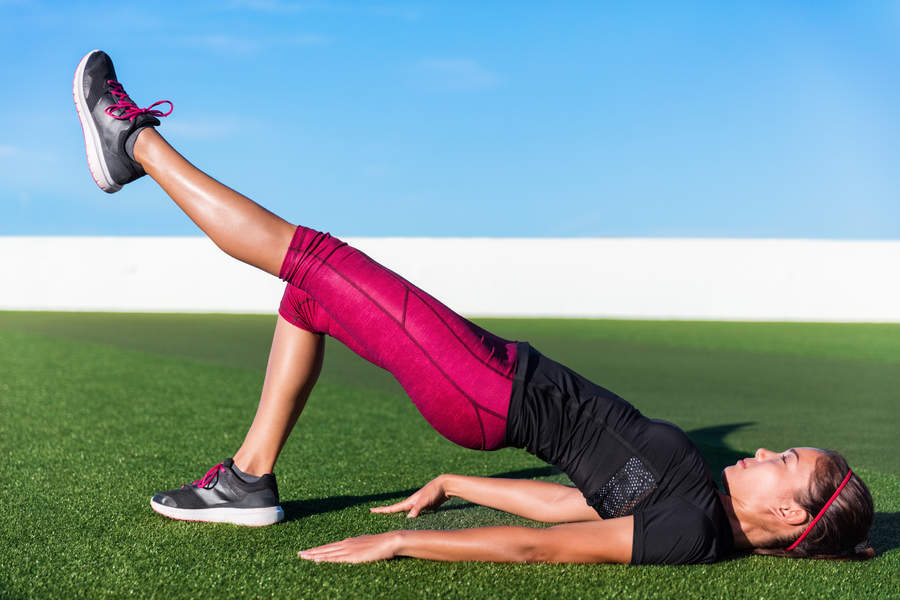
Single Leg Bridge
The glutes are often the most under-recruited muscle group by cyclists with the quads called upon for all the heavy lifting. In doing this riders miss out on using the largest muscle group in the body to share the load.
Specifically working on glute strength will develop both the muscles as well as the neuromuscular pathways that will ultimately increase muscular recruitment and efficiency.
If performing a single-leg bridge is too difficult to start off with, start with a conventional glute bridge and look to hold for 20-30 seconds. Once you are comfortable doing this look at isolating each leg to increase the intensity and to help correct any muscular imbalances.
Add in some plyometric movements
Along with traditional exercises such as the ones listed above it can be really beneficial to add in some plyometric exercises. Plyometric movements focus purely on fast, explosive force production which can boost muscular efficiency and neuromuscular pathways.
A classic plyometric exercise to get started with is the box jump. This requires you to produce enough force to propel yourself upwards onto the box, as well as training your timing and coordination to bring your feet up and into position on the box.
Plyometric movements will increase your sprint power and your maximal anaerobic capabilities. They also have the benefit of contributing to increases in bone density due to the force of the impacts from the explosive movements.
